Dolma is a dish that consists of stuffed vegetables, such as grape leaves, peppers, tomatoes, eggplants, or zucchini. The stuffing usually contains rice, herbs, spices, nuts, and sometimes meat. Dolma is a popular dish in many Mediterranean and Middle Eastern countries, such as Turkey, Greece, Lebanon, Syria, Iraq, Iran, and Armenia. But did you know that dolma also has a history in India, especially in the eastern state of Bengal?
Dolma is a popular dish in Iraq. While eating dolma in a restaurant in Baghdad, I was remembering potoler dolma that’s cooked in our Bengali kitchens.
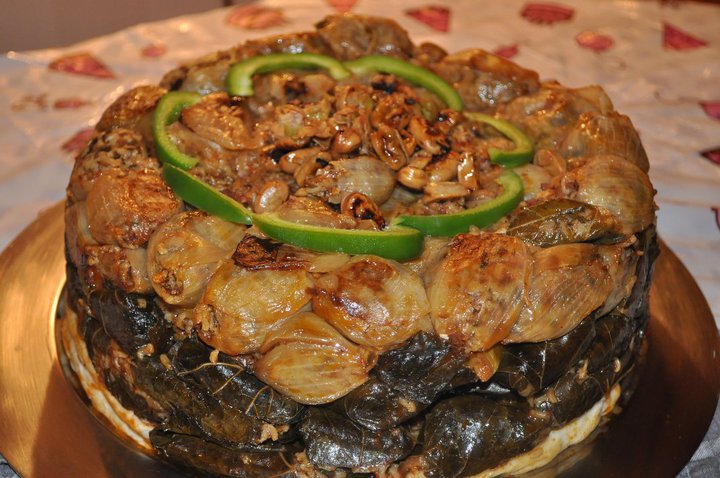
The origins of dolma are unknown, but the dish is found in the cuisines of the Turkic countries, the Balkans, South Caucasus, Iraq, Iran, Central Asia, Egypt, Arabia, and the Middle East. The word dolma comes from the Turkish verb dolmak, which means “to fill” or “to stuff”.
The dish is believed to have originated in the Ottoman Empire, which spanned parts of Europe, Asia, and Africa from the 13th to the 20th century. Dolma was a common dish in the imperial cuisine of the Ottoman palace, as well as in the homes of the common people. Dolma was also spread to other regions through trade and cultural exchange. For example, dolma was introduced to Greece by the Ottoman Turks who ruled the country for about 400 years. Dolma is also similar to the Arabic dish mahshi, which means “stuffed” in Arabic.
The use of grape leaves to wrap food is believed to date back to the days of Alexander, the Great (circa 335 BCE). Greeks say that the origin of stuffed vine leaves goes back to the time when Alexander, the Great besieged Thebes. Food became so scarce that the Thebans cut what meat they had into little bits and rolled it in grape leaves. The Byzantines later refined and spiced the preparation and filled not only grape leaves but leaves of other vines as well as the leaves from hazelnut, mulberry and fig trees.
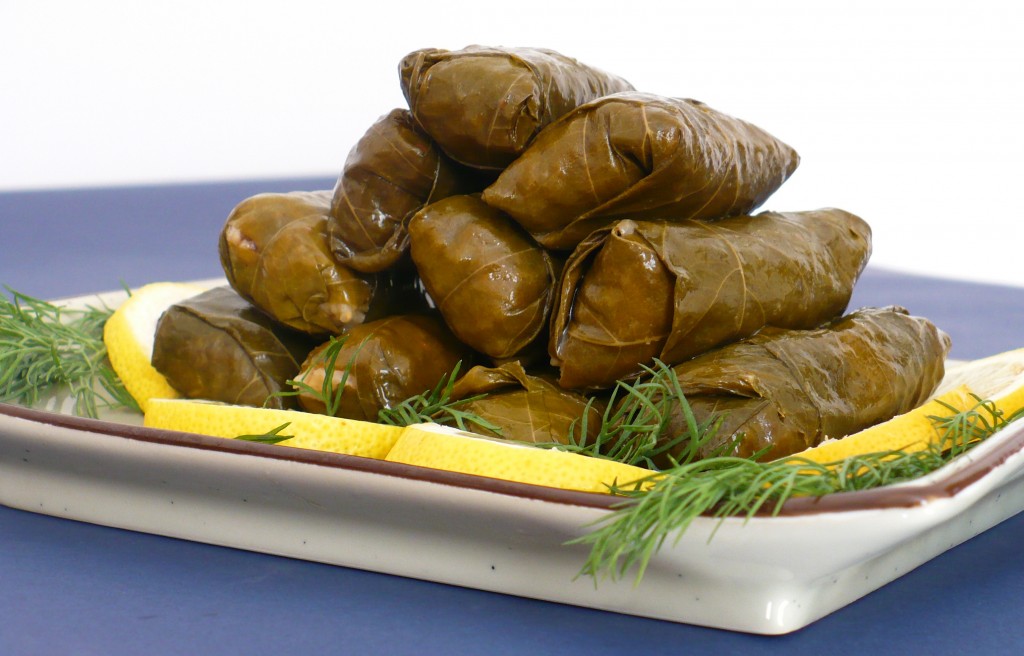
Dolma has been a part of Middle Eastern cuisine for centuries. It is a common dish in Iraqi cuisine, which includes stuffed cabbage leaves, onions in aubergines cooked in tomato sauce. Over time, regional variations developed. In the Persian Gulf, basmati rice is preferred, and the flavour of the stuffing may be enhanced using tomatoes, onions, and cumin.
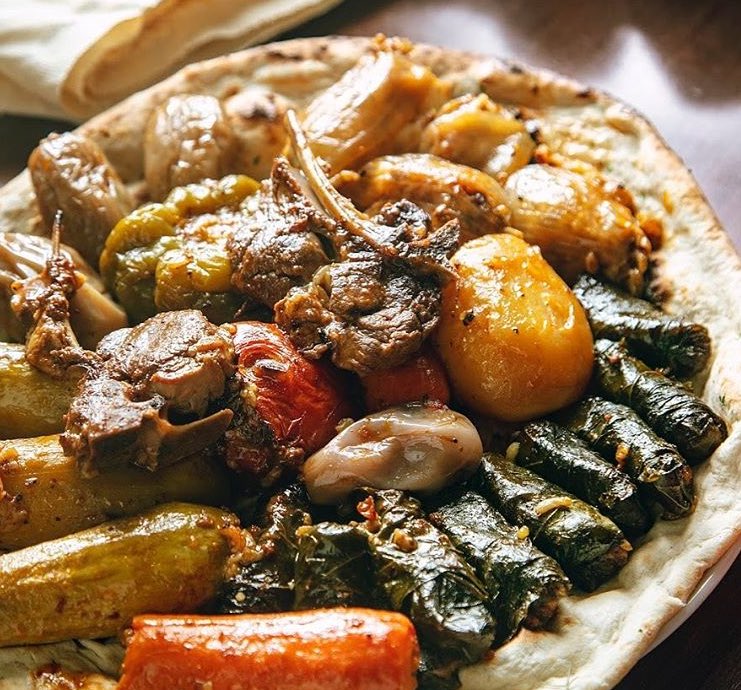
In Azerbaijan (where many say dolma had a makeover), the dish was served with young cabbage leaves filled with mildly spiced minced meat with leek and rice. In 2017, dolma-making in Azerbaijan was included in the UNESCO Intangible Cultural Heritage List. The tradition is present throughout the Republic of Azerbaijan and is perceived as a central culinary practice in all of its regions.
DOLMA REACHES BENGAL
But how did Dolma reach Bengal? One possible explanation is that dolma was brought to India by the Mughals, who were descendants of the Mongols and Turks who established an empire in India from the 16th to the 19th century. The Mughals were known for their lavish and diverse cuisine, which incorporated elements from Persian, Turkish, Indian, and Central Asian cuisines. Dolma may have been one of the dishes that the Mughals adopted from their Turkish ancestors and adapted to suit their tastes and local ingredients.
Another possible explanation is that dolma was introduced to India by the Armenians, who were one of the oldest Christian communities in Asia. The Armenians had a long history of trade and migration in India, especially in Bengal, where they established settlements and churches since the 17th century. The Armenians were also known for their culinary skills and contributed to the development of Bengali cuisine. Dolma may have been one of the Armenian dishes that became popular among the Bengalis.
In Bengal, dolma is known as potoler dorma or potol dolma. Potol is the Bengali word for pointed gourd or parwal, a vegetable that grows abundantly in the region. Potoler dorma is a delicacy that involves scooping out the seeds of the potol and stuffing it with minced meat or fish, onion, garlic, ginger, green chillies, cilantro, and spices. The stuffed potol is then fried in oil and simmered in a rich gravy made with yoghurt, coconut milk, cashew nuts, poppy seeds, and more spices. Potoler dorma is usually served with rice or bread as a main course.
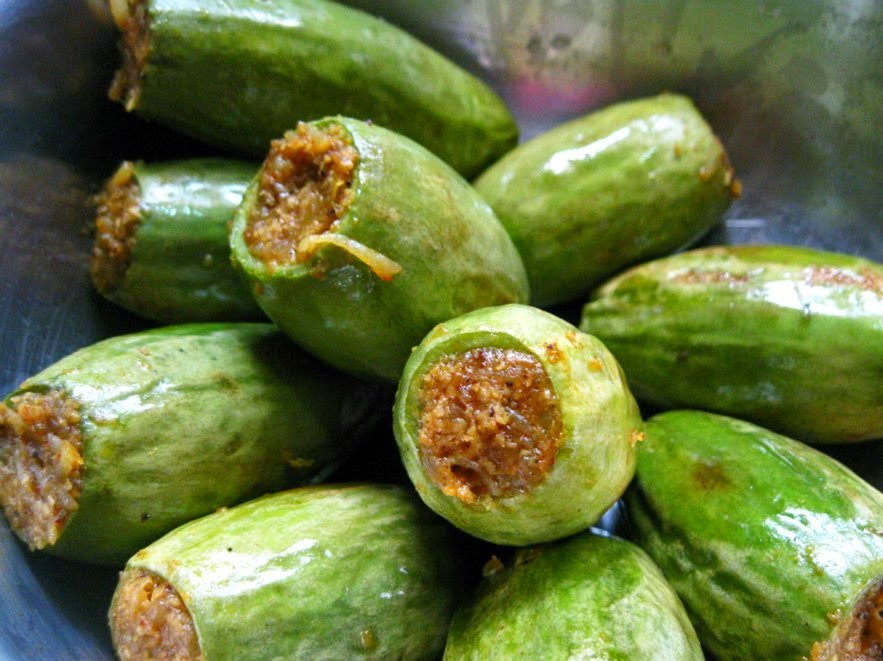
Dolma is a dish that showcases the diversity and richness of culinary cultures across different regions and countries. It is also a dish that can be customized according to one’s preferences and availability of ingredients. Dolma can be made with various vegetables, such as cabbage, onion, squash, or even fruits like quince or apple. Dolma can also be made vegetarian or vegan by using different fillings, such as lentils, mushrooms, tofu, or cheese. Dolma can be enjoyed hot or cold, as an appetizer or a main course.
Dolma is more than just a dish; it is a symbol of history and heritage that connects people from different backgrounds and traditions.

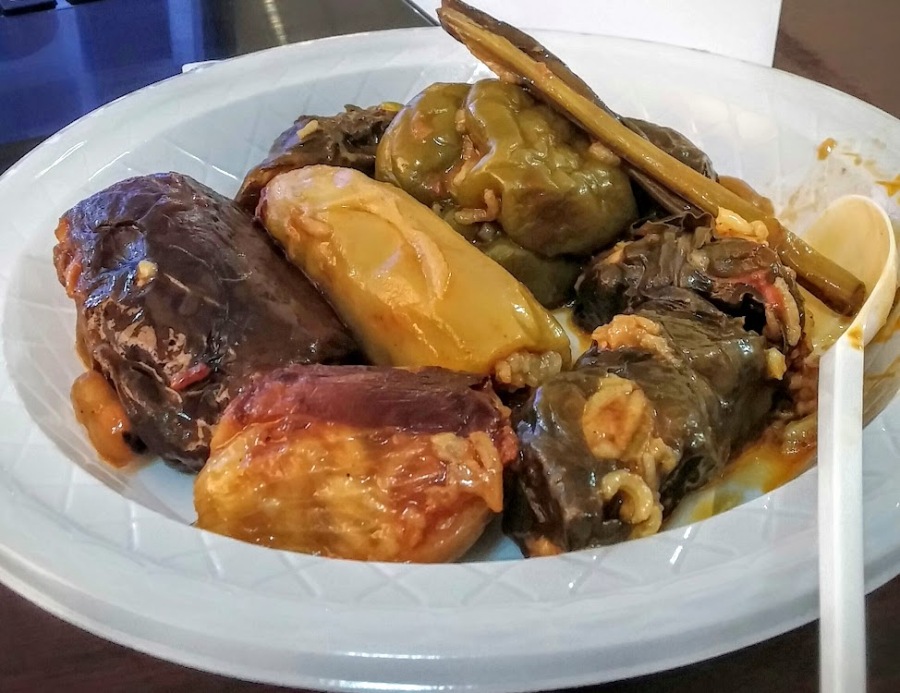
Wow, didn’t know that dolma has such history!
LikeLiked by 1 person
Interesting. This is the first time, I have heard about Dolma
LikeLiked by 1 person
Next time when you visit Kolkata or any Bengali restaurant, ask for “potoler dolma.” You will love it.
LikeLike
Hey I have nominated you for the Sunshine Blogger Award.
LikeLike
This is such an intriguing revelation. I always liked Dolma in its vegetarian version but never gave a thought about its history. So good that you enlightened me with the information, thank you. 🙂
LikeLiked by 1 person
Thank you! 🙂
LikeLike